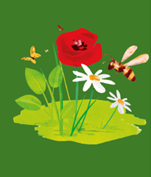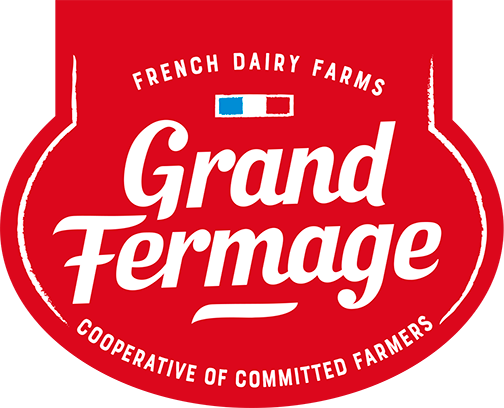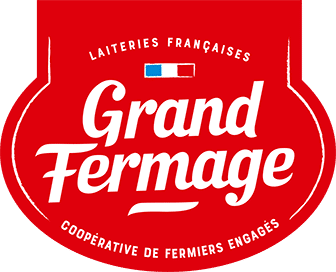Once the cows have been milked, the milk is stored in the bulk cooling tank (a cooled storage tank) on the farm. The milk is collected from the farms every two days by the cooperative’s tanker, ready to be transported to the dairy.
Our butter making know-how
And yes, the butter is obtained by processing cow’s milk!
But how does it work in practice?
We explain everything here, from the collection of milk from our breeders to the packaging of our Grand Fermage butters.
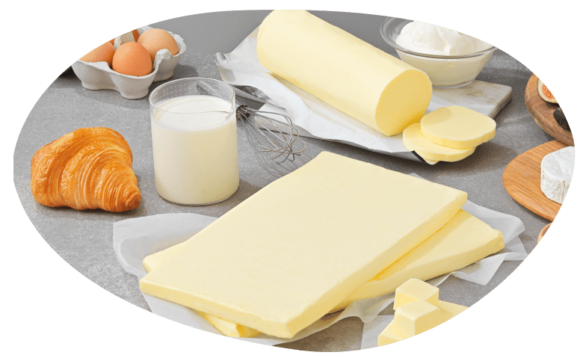
1Milk collection
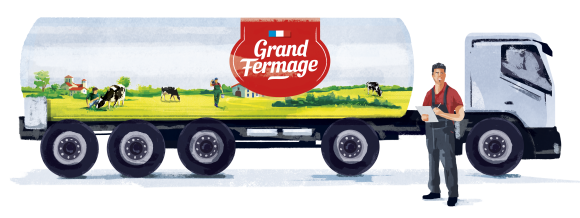
2Arrival of whole milk
On arrival at the dairy, the milk is checked for quality and samples are taken for analysis.
If the quality of milk reaches our standards, it is unloaded and stored in a cooled tank. However, if the quality is unacceptable, the milk is isolated, identified, and will not be used to manufacture any product.
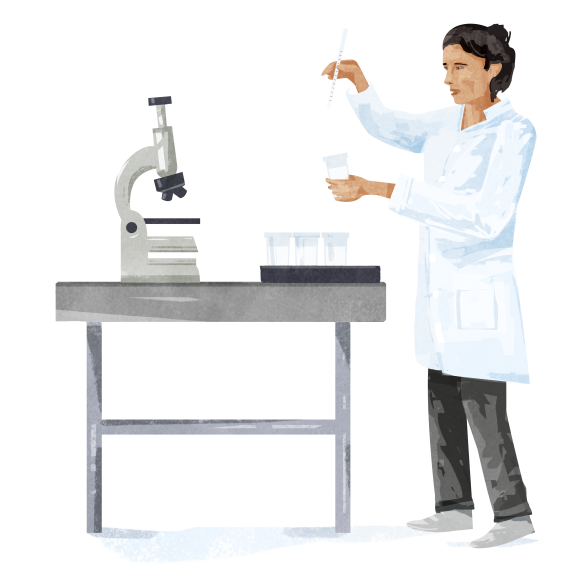
3Skimming the milk
Using “centrifugation” to skim the milk makes it possible to separate the milk into two parts:
- skimmed milk
- and cream.
Milk heated to a temperature of 60° is continually squirted into a skimmer-centrifuge, which spins at a very high speed. This is how the cream comes out of the top centre of the skimmer and the skimmed milk comes out from the outside.
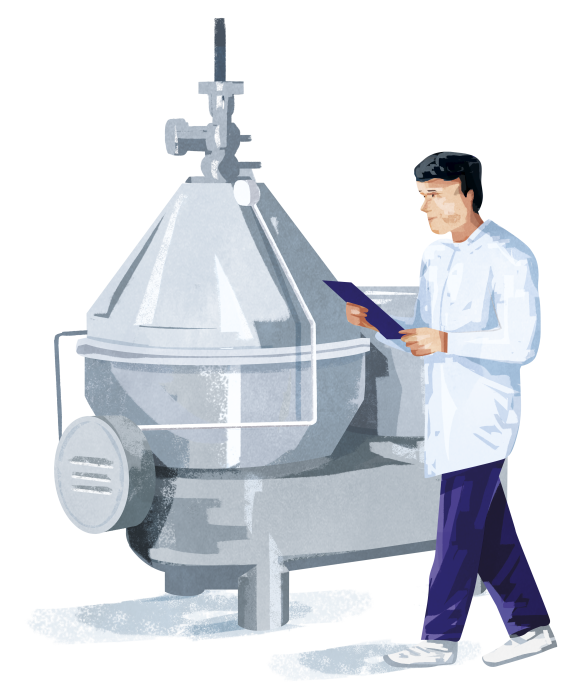
4Pasteurising the cream
The cream is then pasteurised (heated to between 65° and 95° for 20 seconds) to remove any microorganisms in the cream. Then it is cooled down again.
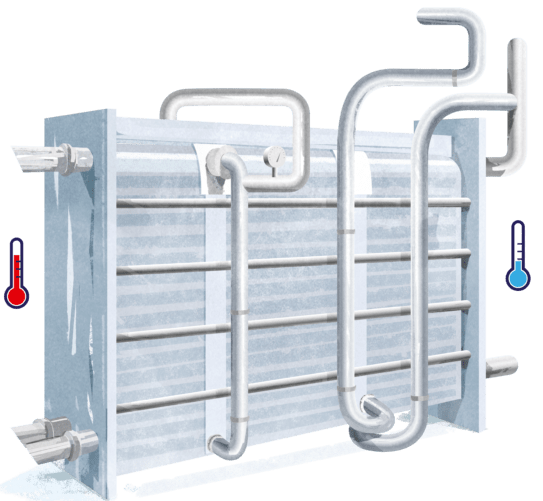
5Physical maturation of the cream
Maturation allows the cream to develop its flavours, to thicken and to become more acidic.
Physically maturation of cream can be achieved by leaving it to cool for 24 hours!
Its acidification is controlled by adding selected lactic ferments.
Did you know?
Biological maturation of a Belleville sur Vie butter will take a lot longer! It takes a minimum of 15 hours to produce it.
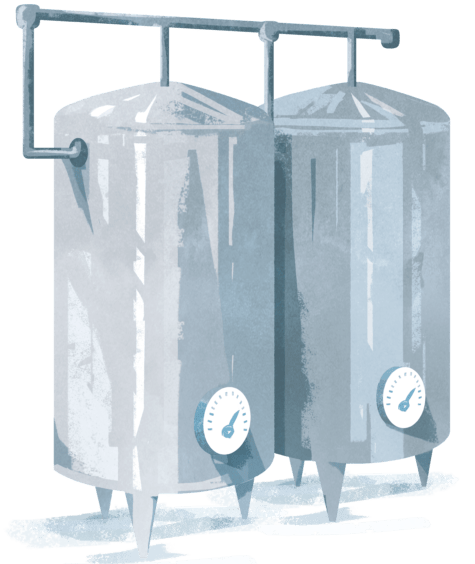
6Churning
After maturation, the cream is “churned“.
This means that is pushed around very hard by large blades until it begins to form yellow grains in the whey, which is similar to buttermilk.
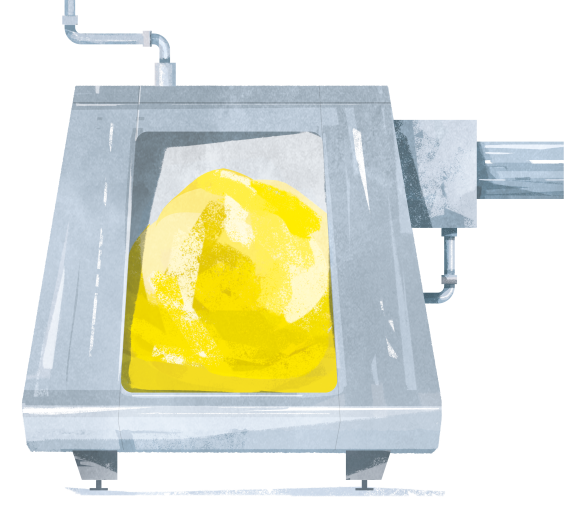
7Blending
Once the milk has been churned, the grains of butter are taken out, washed in clear water to remove the buttermilk and blended, which will produce a smooth, homogenous paste which in turn will be put into moulds to form pats and rolls of butter.
Did you know?
To make salted or semi-salted butter, salt is added during the blending process.
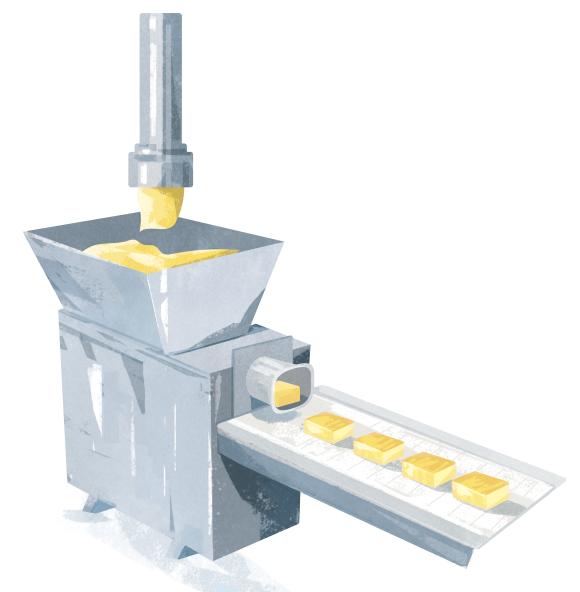
8Packaging
The final stage… is packaging the butter to protect it. They are carefully packaged in special paper which prevents oxidation and preserves the flavour of the butter.
They are then put into boxes, then onto pallets and chilled before being sent to stores near you, ready for you to find on the butter shelves!
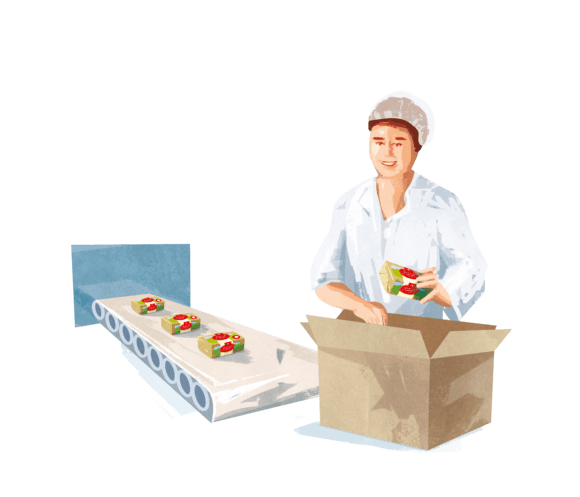
To go further ...
Discover our dairy cooperative
A french cooperative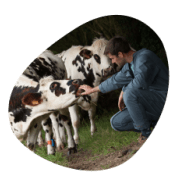
Our Grand Fermage breeders promote the biodiversity!
Our CSR approach